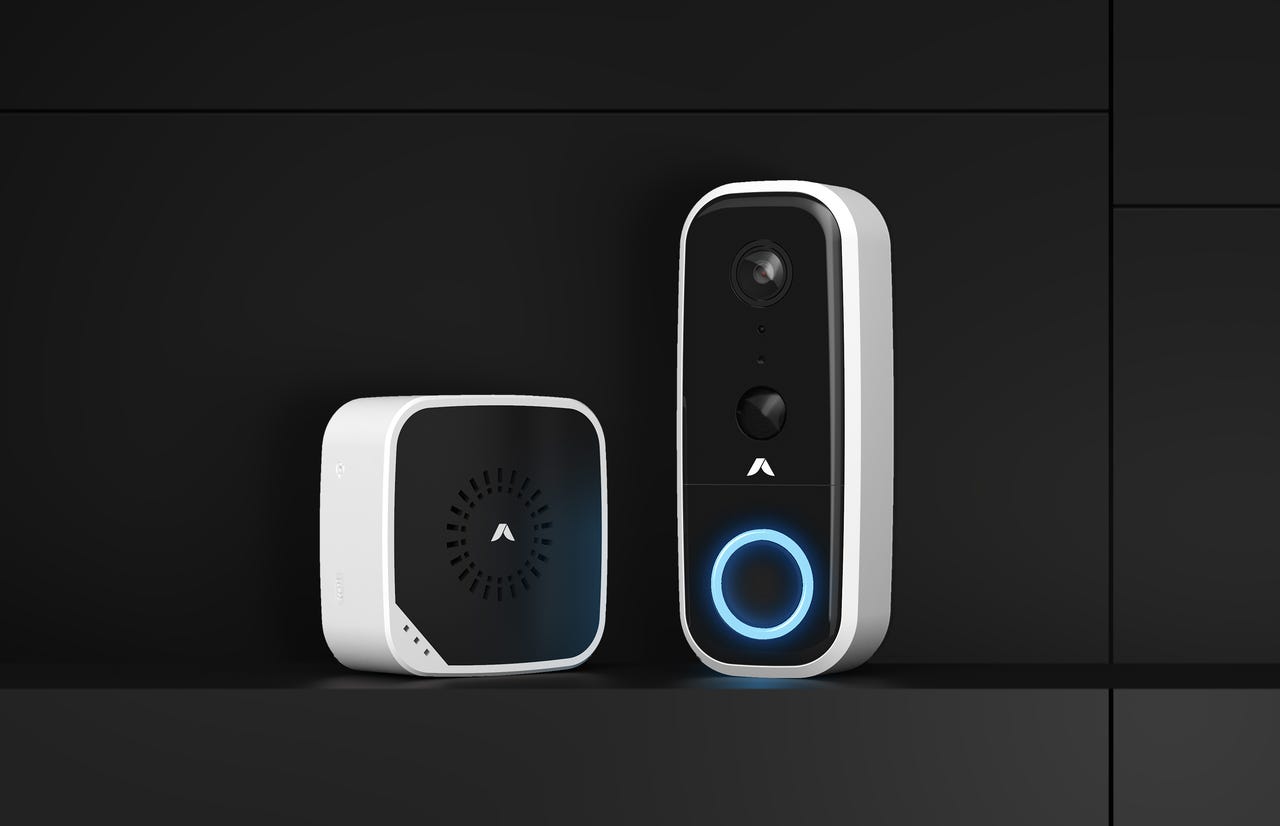
Wireless security systems are a great way to protect your home from burglary. They can detect when doors or windows are opened and closed using sensors. You can also use WiFi-enabled cameras to monitor your property and receive notifications on your smartphone. Wireless home security yard signs, stickers and stickers can be used to notify potential burglars of your home's security. These systems can also contact emergency responders in the event of a break-in.
Disadvantages
Although wireless security systems offer many benefits there are also disadvantages. Wireless security systems are less expensive than wired systems. These systems don't need wires to run through walls, ceilings or floors. This makes them more flexible. Moreover, they are easier to expand, allowing you to add additional sensors or cameras. Wireless security systems, however, can be susceptible to interference due to structural and electromagnetic interference. They may also cause false alarms.
Installation
Wireless security systems are flexible and quick to install. Compared with wired systems, wireless systems don't require extensive upheaval and can be added to gradually as your home security needs change. Wireless security systems can also be more economical and offer the best coverage for your home.
Reliability
Wireless security systems offer many advantages over hardwired counterparts. They are easy to install and have greater reliability. They are also cheaper and require less maintenance.

Wi-Fi
Wireless security systems offer the greatest advantage: they can be used even in times of power outage. It will also be less vulnerable to interference, tampering, interruptions due power lines, and other factors. You can also protect your property with newer models that have more advanced capabilities. These new features include sensors that generate more data points and software that protects your home.
FAQ
Which one is better: home security camera or home security system?
Home security systems can be more effective than home cameras as they can detect sound and movement even though no one is present in a room where the system has been installed. Home security cameras, on the other hand, are more affordable than home security systems and can be easily mounted on windows or doors.
Are there any real reasons to have a home alarm system?
Home security systems are essential if you have a home. The possibility of a burglar entering your house at any time is possible. They'll take anything they want, including expensive electronics and jewelry. They could even walk off with all your possessions if you don't lock your doors.
A home security system helps protect your home by alerting you whenever something happens. This includes monitoring motion, sending you alerts to mobile devices, recording activity, as well as allowing access to recorded footage.
A DIY camera is a great alternative to a full-blown home security system. These devices can be used to monitor who is at your front door as well as send you notifications when someone enters or leaves. They won't stop burglars from entering your home.
What is the best security system to install?
The most important thing to consider when choosing the security system for your home is how valuable you are and what you have. The cheapest alarm system, which doesn't offer enough protection, is the basic one. You can go with a basic alarm system that provides limited protection, but you have the option to upgrade to one that has remote monitoring and video surveillance as well as access control.
What is the best wireless security system you can buy
D-Link Wireless Security System is the best wireless security system. It is one of the most affordable systems available. Everything you need is included in one package. It includes a camera with motion sensor and a remote controller. It is easy to connect it and follow the instructions.
What is the best system for home surveillance?
Home security systems with cameras are a great way to protect your family. These systems are simple to use and offer great benefits for homeowners as well as renters. They allow you to monitor your home remotely from any smartphone, tablet, laptop, or other mobile device.
Can ADT be hacked
ADT security system is among the oldest home alarm systems today. ADT Home Security System is considered by many to be the best option. They trust its reputation as a reliable company committed to protecting their homes from fires and burglary.
However, hackers can infiltrate even the most trusted organizations and steal sensitive data. Hackers can infiltrate a network at any time and steal sensitive data. Hackers can access your network's data and make changes to the software and hardware settings if they succeed infiltrating it. A hacker can delete files, modify passwords or shut down an entire computer system. It's important to recognize that hackers might try to hack into your house just because you can't see it. Information about how to secure your systems is essential.
How much should alarm monitoring cost?
The cost of alarm monitoring varies depending on the frequency you need it monitored, the equipment you require, and whether an all-inclusive or monthly package is chosen.
Statistics
- Most home security companies will charge you around 75% of the remaining term of your contract if you cancel early—and some require 100%.Related questionsWhat type of contract length can I expect from security providers?Home security system cancellation (safewise.com)
- That's probably why Cove has a whopping 98%* customer retention rate. (safewise.com)
- (In my experience, the discount on my home insurance covered about 25 percent of the subscription of an average plan, but your mileage may vary depending on your location and the size of your home.) (theverge.com)
- Unlike other online safety services that charge up to 100 percent of your monthly fee, Cove charges no upfront fees and has no hidden costs.
External Links
How To
How to Install a Home Security System
A home security camera is a device that monitors your house and alerts you when there's activity. It could be a motion sensor, doorbell camera, smoke detector, fire alarm, flood alert, carbon monoxide detector, burglar alarm, etc. A home security system is usually composed of one or several sensors (e.g. motion detectors), that send signals when there's movement or sound. These signals are sent to a control panel, where they can be monitored and recorded. If there's a problem such as someone breaking into your house or other suspicious activity, the control panel sends an alert via your phone, tablet computer, voice assistant, or computer. The control panel will notify you immediately so that you can take corrective action.
The first step to installing a home security system is choosing the right type of sensors for your home. There are two main types. Active and passive sensors. Passive sensors don’t require batteries. They only pick up sounds, vibrations and other signals from their environment. They include doorbells, sirens and buzzers. Active sensors transmit data by using electricity. Examples of such sensors include cameras and motion sensor.
There are many sensors brands today. Each brand has its advantages and disadvantages. For example, some sensors are weatherproof, while others aren't. Some sensors have built-in speakers, so they can be heard even when you're not outside. Some only work indoors. Others are more complex, while some offer more advanced features like night vision.
Once you have chosen the right type of sensor for your property, it is time to select a manufacturer. This will help ensure that your sensors work well together. There should be many options at your local hardware store.
After choosing a brand of sensors to use, you can decide how many to purchase. Most people start with one or two sensors, depending on whether they live alone or with family members. You might want to buy more sensors if you intend on adding them later.
Next, think about where you want them to go. Are you looking for them to be near doors or windows? Are they best kept hidden? Before you place them on your property, make sure that you have permission. Also, make sure they won't interfere with anything else, like electrical outlets.
After you've determined the location of your sensors, you will need a way that they can be connected to your control panels. A power adapter or battery package may be required depending on your setup. Once everything is setup, you will be able to monitor your property.